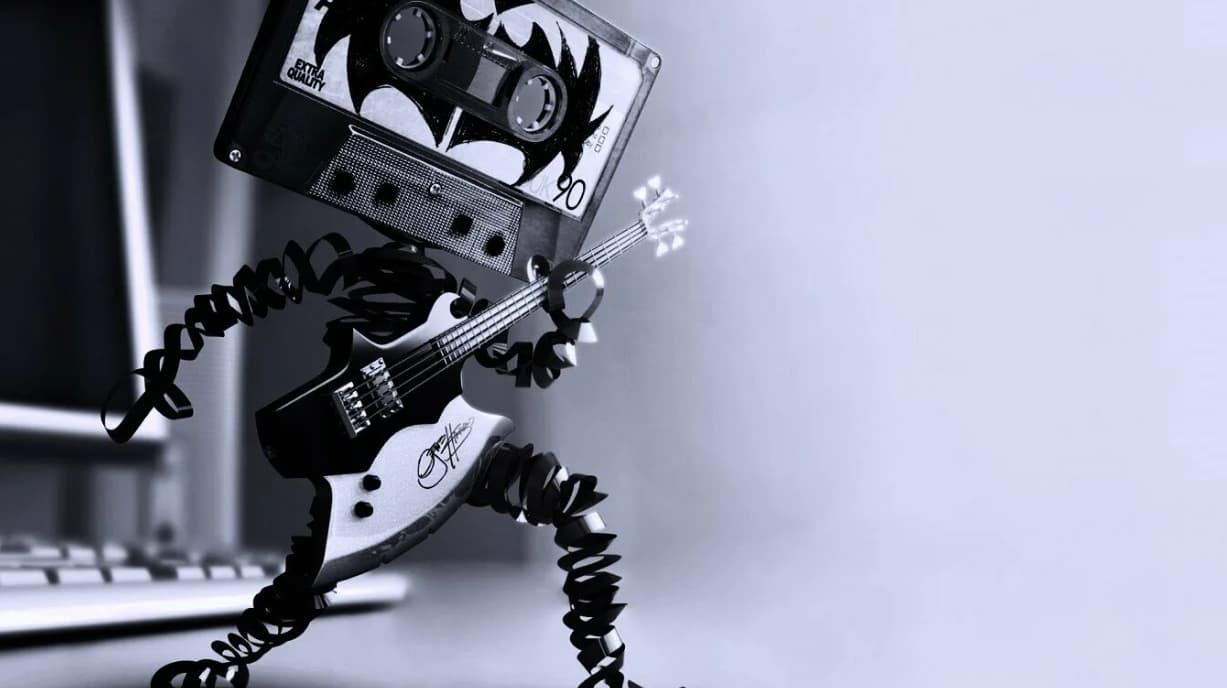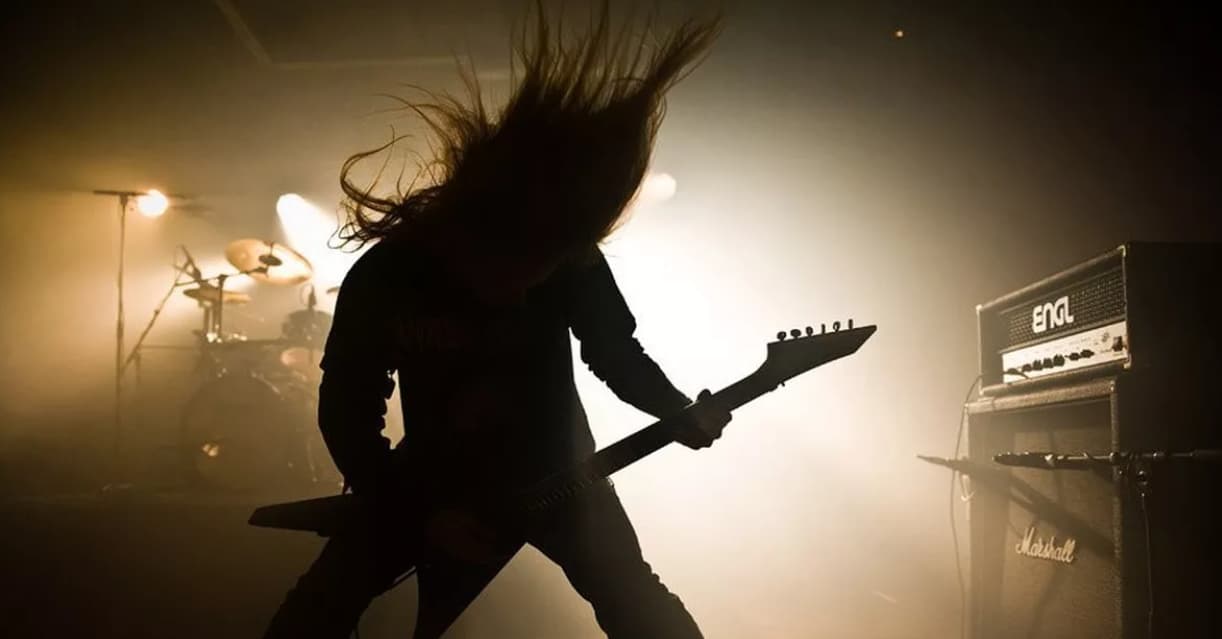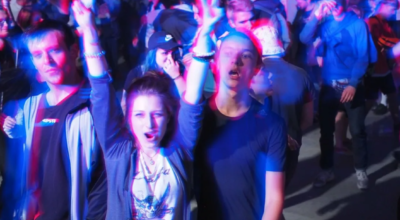Electronic rock, a captivating blend of traditional rock elements with electronic instruments, emerged in the late 1960s as a pioneering subgenre within experimental rock.
Understanding Electronic Rock
In electronic rock, classic rock components like guitars, bass, drums, and vocals intertwine with electronic tools such as synthesizers, samplers, and drum machines. This fusion, initially dubbed electro-rock, has since expanded to encompass diverse styles like psychedelic rock, industrial rock, new wave, heavy metal, synthpop, electronica, and electronic dance music.
Notable Acts
Renowned artists like Depeche Mode, Nine-Inch Nails, Linkin Park, Moby, and Panic! At The Disco have left their mark on the electronic rock scene. However, the genre’s alternative side thrives with lesser-known yet impactful bands such as Celldweller, Ratatat, Innerpartysystem, and LCD Soundsystem.

A Historical Journey
- The 1960s: Witnessed the integration of synthesizers into rock and pop music, with acts like Tangerine Dream and Kraftwerk leading the way.
- The 1970s: Saw electronic music gain momentum, with bands like Yellow Magic Orchestra (YMO), Gary Numan, and A Flock of Seagulls captivating mass audiences.
- The 1980s: Marked a period of significant influence on popular music, as electronic instruments shaped genres ranging from hip-hop to new wave to electro-pop.
- Post-1980s: Many electronic rock artists maintained a dual commitment to both electronic and traditional instruments, defining the sound of the 1990s and beyond. From Nine-Inch Nails and Filter to modern acts like Imagine Dragons and Pendulum, the allure of electronic rock continues to captivate musicians across generations.

Five Electronic Rock Subgenres
Music critics have identified several sub-genres within electronic rock, including:
1. New Rave: A vibrant part of the UK music scene, blending the pulsating rhythms and culture of electronic music raves with the rock sounds of the Madchester movement.
2. Industrial Rock: Fusing heavy metal and punk rock’s electric guitars with the driving beats of club music, exemplified by icons like Ministry and Nine-Inch Nails.
3. Synthpop: Popularized by 1980s acts like Duran Duran, Depeche Mode, and Tears for Fears, blending technical innovation with catchy pop hooks.
4. Electroclash: A techno and electronic-oriented take on synthpop, featuring artists like Miss Kittin & The Hacker and Fischerspooner, with modern influences from dubstep and EDM.
5. Post-rock: A sub-genre of indie rock, characterized by experimental, jazz-infused, and avant-garde sounds, often devoid of traditional vocals, pioneered by bands like Tortoise and Sam Prekop.

5 Notable Electronic Rock Artists and Bands
The electronic rock movement boasts several influential and successful acts:
1. Kraftwerk: German pioneers of krautrock, embraced synthesizers early on, shaping the electronic music landscape with their innovative sounds.
2. New Order: Emerging from the ashes of Joy Division, New Order became synonymous with synthpop and new wave, led by Bernard Butler’s guitar and Gillian Gilbert’s keyboards.
3. Nine-Inch Nails: Attracting a diverse fanbase with their blend of hard rock, metal, and electronic elements, Nine-Inch Nails achieved crossover success in the 1990s.
4. MGMT: Influenced by disco and indie rock, MGMT rose to prominence with hits like “Kids” and “Electric Feel,” transcending indie scenes to reach mainstream audiences.
5. Panic!: Hailing from Las Vegas, “Panic!” captivated listeners with their eclectic mix of dance-punk, psychedelic rock, and emo pop, achieving chart-topping success with albums like “Death of a Bachelor” and “Pray for the Wicked.”

